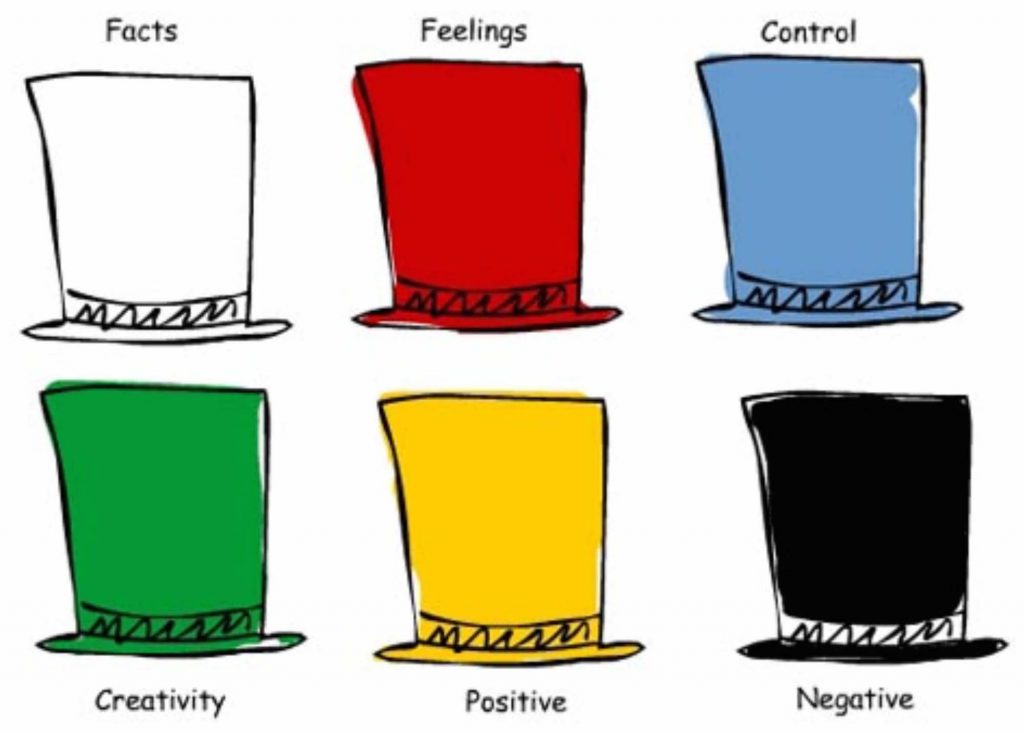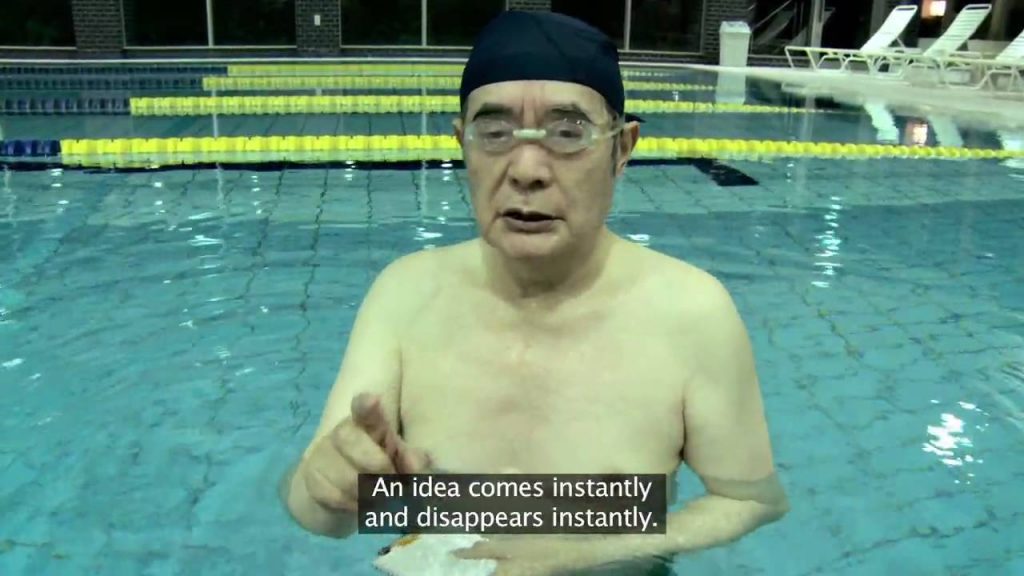No one likes problems, especially at work. However, they’re part of our everyday work routine. If you take a look at job ads online, many of them will list “problem solving techniques” as a necessity for the job role. The truth is that every job in the world requires the art of problem solving.
From managing tasks to managing people, we don’t like feeling stuck, at work or outside of it. The good news is, that there are lots of tried and tested problem solving techniques that you can use to easily solve difficult situations at work or in your personal life.
Why do problems arise in the first place?
Вы должны определить основную причину проблемы, чтобы решить ее. Это облегчает поиск решения. Вот почему решение проблемы — это не просто вопрос устранения сиюминутной проблемы. Часто требуется тщательное изучение основных причин, чтобы убедиться, что проблема действительно решена. Важно устранить эти основные причины, чтобы предотвратить возникновение подобных проблем в будущем и обеспечить выбор соответствующих стратегий решения проблем. Here are some key reasons problems arise:
1. Communication Breakdowns
Проблемы коммуникации являются одной из основных проблем в любой организации или, по сути, в любой ситуации. Неясные инструкции, неправильное толкование инструкций или отсутствие соответствующих деталей приводят к коммуникационным барьерам, которые вызывают ошибки, предположения и хаос. Поэтому крайне важно создать среду, в которой люди могут свободно выражать свои мысли и где информация течет в обоих направлениях и легко.
2. Unclear Goals and Objectives
Without clear goals, teams and individuals will inevitably end up doing the right things for the wrong reasons or doing the wrong things altogether. A lack of clarity on goals will undoubtedly confuse, wastage of resources, and even disappointment. To avoid these issues altogether, you must set clear and cohesive goals.
3. Inefficient Processes or Systems
Old and out-of-date processes and systems present risks. Even worse, some organizations cannot develop new processes and systems fast enough to support new demands. Inefficiencies like this can persist for some time before they result in considerable complications, whether that involves timeliness or accuracy. Process improvement continually is necessary for optimal functioning.
4. Lack of Resources or Capacity
There are times when challenges arise due to a lack of resources. This could be a lack of time, budget, manpower, or tools. Whatever the case, it’s essential to recognize when resources are not adequate and address the issue head-on to ensure tasks can be completed and obstacles overcome. Inadequate provision of resources will render teams helpless, resulting in errors and an inability to deliver to expectations.
5. Resistance to Change
If organizations or individuals do not support change, they will inevitably end up in problematic situations. This is because they are working in a comfortable, outdated environment where practices and structures are not effective. Such resistance is typically due to fear of the unknown, lack of information or training on new things, or simply sticking to the status quo. In such circumstances, change is imperative to resolve challenges and prevent them from occurring again.
6. Poor Decision-Making
Otherwise, problems are often the result of poor decision-making, whether due to a lack of information, hasty decisions, or overreliance on intuition. Some decisions are made without a structured analysis of the problem or the potential outcomes, which inevitably leads to problems down the line.
7. External Factors and Uncontrollable Events
Organizations must be prepared to face several challenges, including market trends and changes, recessions, advances in technology or even natural catastrophes, which can take the form of a pandemic. These factors may be beyond the organization’s control, but understanding them and having alternative strategies in place will help to mitigate their impact.
8. Human Error
Во многих случаях вина лежит непосредственно на вовлеченных людях. Люди, работающие в любой организации, обычно являются главной проблемой. Это происходит потому, что они совершают ошибки в последнюю минуту, ошибки по неосторожности, связанные с вниманием к деталям, или ошибки, вызванные неверной информацией, полученной в ходе обучения. Ответ — больше обучения, больше сосредоточенности и больше внимания к деталям.
By understanding these causes, we not only become better at solving problems but also learn to prevent them. Now, let’s explore some best problem-solving techniques that can help you tackle challenges effectively.
11 Problem solving techniques and methods
Here are some of those problem solving methods and how you can use them in practice.
Let’s start with the basics. No matter how bad the problem or how serious the situation is, you can do one simple thing: breathe in, breathe out, and let’s begin with the art of problem solving.
Learning how to approach problem solving is like building a toolkit you can rely on in both everyday challenges and high-stakes decisions. It’s not just about jumping to solutions – it’s about understanding the situation, identifying the root cause, and choosing the most effective method to tackle it. Whether you’re handling a workplace conflict, a strategic business issue, or a personal dilemma, having a structured approach empowers you to navigate uncertainty with confidence.
In the next section, we’ll walk through 11 powerful techniques you can start applying today to become more effective, efficient, and thoughtful in your decision-making.
Art of problem solving
Most people get stressed out at the mere mention of a problem. They feel like they need to come up with an answer immediately; they look for someone to blame, and they want a quick and easy exit. All of a sudden, facing a problem becomes a problem of its own.
For this very reason, it’s important to slow down and take a breather. When we are stressed out, we make one critical mistake – we resort to something called binary problem-solving. In other words, we limit our options by trying out proven problem solving techniques instead of something new and more efficient.
For this reason alone, slow down and breathe; you will come up with more ways to tackle a problem.
Ask great questions
Asking questions is part of the pre-problem-solving stage. When you ask questions, your brain can come up with different scenarios and ways to make a decision. For example, a child will usually ask questions like “What if,” “Why not,” “Can we?,” “How about?” and many others. What rules should you break? Are there any beliefs we should drop? The more questions you ask, the easier it will be to find a solution to your problem.
Don’t just trust yourself
One of the many reasons why problems come up and stay unsolved is because we are too lazy or busy to distance ourselves from them. In other words, we just think from our own perspective instead of zooming out and looking at the bigger picture, where we can utilize our problem solving techniques.
For example, if you’re in our industry (SaaS), you may have a situation where people sign up for your app and disappear after the trial period. Sure, you could try generating more traffic to your website, but there are other things you can do. Here are some questions you can ask yourself:
- Has my business industry changed?
- Does my app really meet my customers’ needs?
- Does my sales strategy need improvement?
In another scenario, your employee shows up late for work, despite several of your warnings. Before taking any actions, try to understand their perspective and ask yourself the following questions:
- Do they have any non-work-related problems in their life?
- What is (literally) stopping them from getting to work?
- How can I help them with problems solving?
Both situations have one thing in common – they look at the big picture before trying to tackle a specific problem.
Do some heavy brainstorming to help the problem solving process
A brainstorming session is one of the most effective ways to learn the art of problem solving. The gist of it is to generate as many ideas as you can and in the problem solving process, come up with a way to solve a problem. Of course, the prerequisite for any brainstorming session is a nonjudgmental, friendly environment.
If you want to brainstorm like a pro, you need to take the following steps:
- HMW or How Might We
Start the session with a question such as “How might we…?” to inspire creativity among your team. The question should be open enough to inspire and foster creativity. However, it should also be focused and narrow enough to keep your session participants focused on the problem at hand.
- Write down everything
Every member of your brainstorming session should write down all of their ideas, either on a board or on sticky notes. Once you have all of your ideas, put them down on a common board. If you are unable to generate sufficient ideas, repeat the session with the same question to master the art of problem solving.
- Discuss your ideas
To discuss each of the ideas you and your team came up with, use phrases like “I like…”, “I wish…”, “What if…”, and others.
- Select the best ideas
Now that you have all of your ideas in one place, it’s time to find the best one. For example, you could let the participants vote using sticky notes. You can also create buckets for ideas, such as “Rational choice”, “The best solution for everyone”, and others.
Using this approach, you’ll be able to save some ideas that at first seem crazy but actually make a lot of sense in the long run.
- Figure out the problem-solving process
At this stage, you have your best brainstorming ideas. This is the time to choose the best ones and come up with a plan on how to bring them to life.
The Round-Robin technique for brainstorming
If traditional brainstorming just doesn’t work for you, there are other things you can try. If your team members sit and listen and hope that someone else will fix things for them, you need to try out the Round-Robin problem-solving method. In simple terms, this technique will require every participant to be actively involved in the brainstorming session. There is a lot of different brainstorming tools and apps.
There are just two rules:
– Participants take turns to contribute ideas, using the option to “pass” if they have nothing to contribute in that round.
– The brainstorming session is over once everyone makes a pass.
The silent brainstorming technique
The problem with most brainstorming sessions is that the loudest people are the most likely to have their idea chosen as a solution. The quiet ones may have an excellent idea but they just sit around and never have a chance to be heard. You get the feeling that it’s more important to be active and loud than have a great idea.
If you see that happening a lot, maybe it’s time for a silent brainstorming session. You can make it happen online or in the office, the process is the same. The entire team develops ideas on their own and shares them without sitting at the same table. The main idea is that everyone’s opinion has the same weight. If you choose to do it online, it’s actually even easier to come up with a decision.
Six thinking hats
If you’re a fan of Harry Potter, you know the Sorting Hat very well. It’s a hat that students wear and it appoints them to a house in Hogwarts that best matches their personality. Along those lines, there is a technique that Edward de Bono came up with, called The six thinking hats. Using this problem solving technique, you can wear six different hats with six different perspectives.

Here are the hats that you can wear to learn the art of problem solving.
- White hat. This is the neutral hat that uses facts and figures required to solve a problem. When the problem just comes up, this is the hat that you want to wear.
- Red hat. This hat is all about emotion and intuition. When you wear this hat, you can show your gut reactions to ideas and freely express exactly how you feel.
- Black hat. When you want to show caution and express a critical viewpoint, this is the hat you want to wear. The black hat will make sure that you steer clear of bad decisions.
- Yellow hat. When you want to be positive, this hat is the one you should choose. It helps you identify the positive sides of an idea and an excellent counterweight to the black hat.
- Green hat. To explore creativity, possibilities, alternatives and fresh ideas, wear a hat in green. Contributing new ideas and options is crucial, which is why everyone should wear a green hat.
- Blue hat. This is the hat that organizes all others. This is the person that manages the entire decision-making process and makes sure that all other hats follow the rules and guidelines.
The six thinking hats problem-solving process is excellent because it lets you see the same problem from several different angles, very quickly and easily.
The 5 Whys
When you quickly want to get to the root of a problem, try out this technique. All you need to do is ask the question “Why” five times. Start with the problem at hand and ask why it happened, making sure that your answer is objective. Continue asking “Why” for four more times. At some point, you’ll reach the true answer to your question and you can start looking for a solution.
The biggest challenge with this technique is giving rational, objective answers to each “why”. Fight the urge to answer from your point of view. Instead, think of the logical reason why something happened. Remember, admitting that you don’t know something is far better than giving a subjective answer.
Failure Mode and Effects Analysis (FMEA)
Want to solve problems like the big boys at Chrysler, Ford and General Motors? This advanced problem solving process lets you solve problems easily. You can use it to analyze each element of your strategy and tear it apart to see how and when it can fail. By looking into the effect of each failure and how likely it is to happen, you’ll get to the best problem solving techniques. In the end, come up with a list of actions to take to prevent each of the failures you listed in the previous steps.
The wanderer problem-solving technique
When I write articles such as this one, I have one way to make them better. Once they’re done, I let them sit for a day without taking a look at them. When I get back to the article, I take a look at it with a fresh set of eyes.
You can use the same approach with your problems. Take a step back and walk away from it. Get some rest, walk outside for a bit, watch some cat videos on YouTube. In other words, remove yourself from the situation. You just may find the answer to your problem the moment your brain relaxes.
Leave room for imagination
If nothing I listed above helps you solve a problem, this is the time to get creative. If you have a way to problem solving outside of work, it may be a good idea to apply it at work too.
For example, there is an extreme case of Yoshiro Nakamotso. The name may not sound familiar, but you probably used one of this man’s patents today. He has more than 3,300 patents to his name, including a digital wristwatch, karaoke machine, a floppy disk, and many others. He came up with a crazy problem-solving technique called The Calm Room.
His Calm Room is actually a bathroom filled with 24-karat gold. This material blocks radio waves and TV signals which according to him are harmful to solving problems. He also considers oxygen to be detrimental to problem-solving. Apparently, too much oxygen means that there will be an inspiration and this is his idea of using imagination for problem-solving.

You can try and use the Calm Room method for solving problems or you can find other ways that let you use your imagination instead of cold, hard facts to solve an issue at work.
Develop problem solving skills
The most important point to remember is that problems happen all the time—and they will keep happening. Moreover, if a problem arises at work, it often serves as valuable feedback, highlighting areas that need attention or improvement. In fact, each challenge can be a learning opportunity in disguise.
Understanding how to improve problem solving skills is essential not only for reacting effectively but also for anticipating and preventing future issues. It involves cultivating a mindset of curiosity, resilience, and adaptability. You can start by analyzing past problems you’ve encountered: What worked? What didn’t? From there, gradually integrate structured techniques into your routine and encourage your team to do the same. Over time, this practice becomes second nature.
The goal of each of the problem solving processes mentioned is to make your company more open to friendly, collaborative problem-solving and to foster a culture that sees obstacles not as threats, but as invitations to grow.
To summarize, the following are the key takeaways from these problem-solving techniques:
– Keep calm and avoid high and dry approaches to problem solving
– Ask great questions, a lot of them
– Take a look at the bigger picture and the overall context of a situation
– Try out unconventional brainstorming techniques: Round-Robin and silent brainstorming
– Wear each of the Six thinking hats to take a look at different approaches to a problem solving
– Ask the 5 Whys
– Prevent any potential problems with the Failure Mode and Effects Analysis
– Leave some room for imagination at the end.
Depending on the context, you may use one or more of these problem-solving processes – make sure to choose one that works best for your situation, team and personality. Good luck!











Add comment